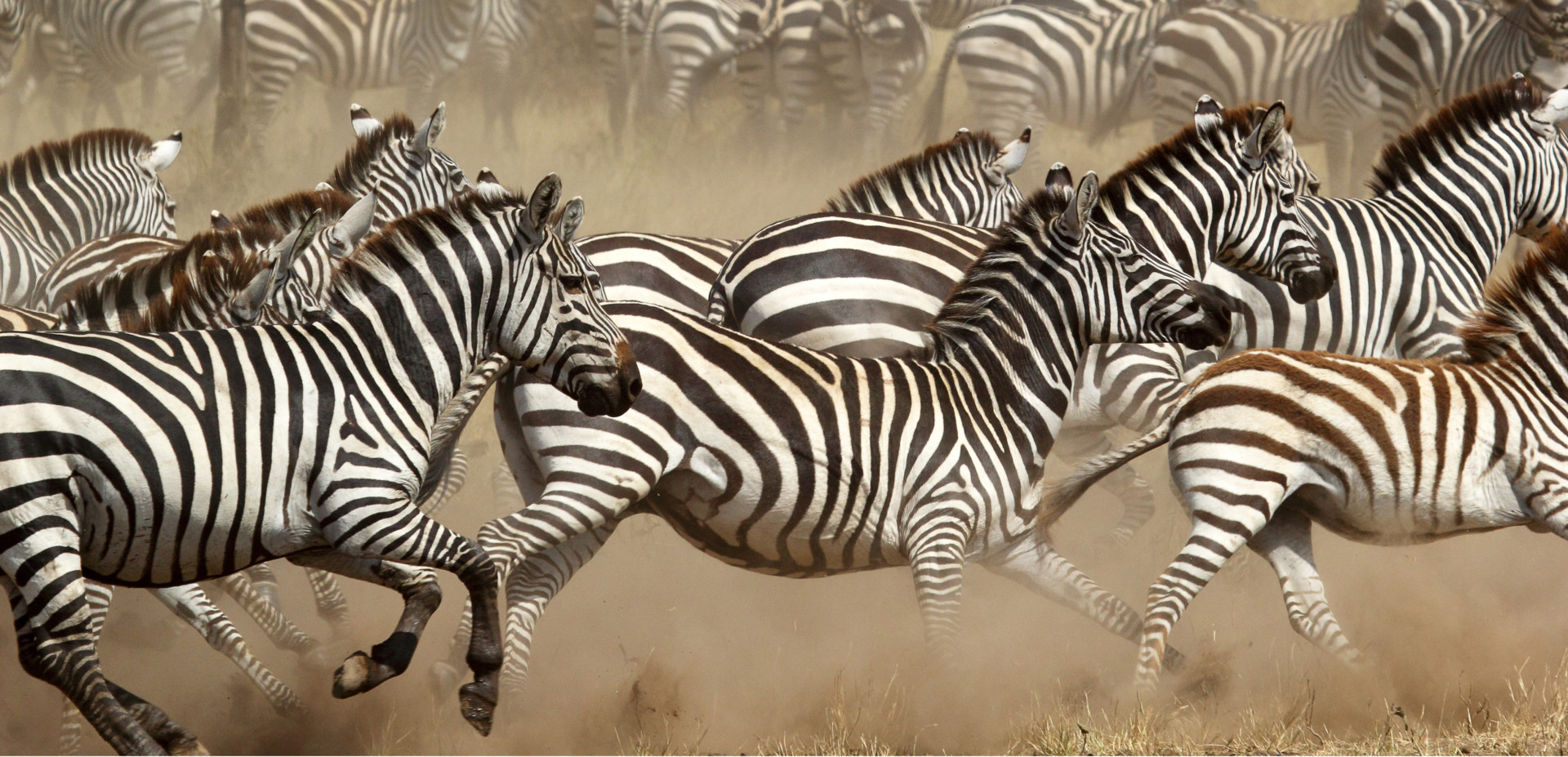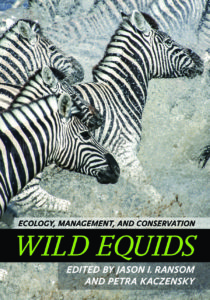
Wild horses, zebras, asses and feral equines exhibit intriguing and complex social structures, captivating the human imagination and eliciting a wide range of emotions that influence conservation and management efforts.
Now, these complex structures have been detailed in a new book, Wild Equids, Ecology, Conservation and Management, which was spearheaded by Colorado State University’s Jason Ransom, affiliate faculty in the Department of Ecosystem Science and Sustainability, and Petra Kaczensky, a wildlife ecologist at the University of Veterinary Medicine in Vienna.
 Wild Equids brings together the world’s leading experts to synthesize knowledge about these iconic species and how to prevent their extinction, in some cases. The term “equid” refers to a mammal of the horse family.
Wild Equids brings together the world’s leading experts to synthesize knowledge about these iconic species and how to prevent their extinction, in some cases. The term “equid” refers to a mammal of the horse family.
Described as the most comprehensive conservation book on wild equids in decades, this book will appeal not only to equid researchers, but also conservationists, equine professionals and scientists who study mammals. Readers will find new insights into the lives of the world’s horses and zebras, understand the basis of our relationships with these animals, and develop a greater understanding of where equids come from and why they are worth conserving.
“The editors of this book have done a masterful job assembling a comprehensive review of scientific research on equid behavior,” Professor Temple Grandin of CSU’s College of Agricultural Sciences said in a release about the book, which was published by Johns Hopkins University Press. “This is essential reading for wildlife biologists, conservation specialists and policymakers in equid management.”
Other CSU contributors include Professor Joel Berger, the Barbara Anthony Cox Chair of Conservation Biology in the Department of Fish, Wildlife, and Conservation Biology; and Natural Resource Ecology Lab research associates Sarah King and Kate Schoenecker.
Ransom is a senior wildlife biologist with the U.S. National Park Service.